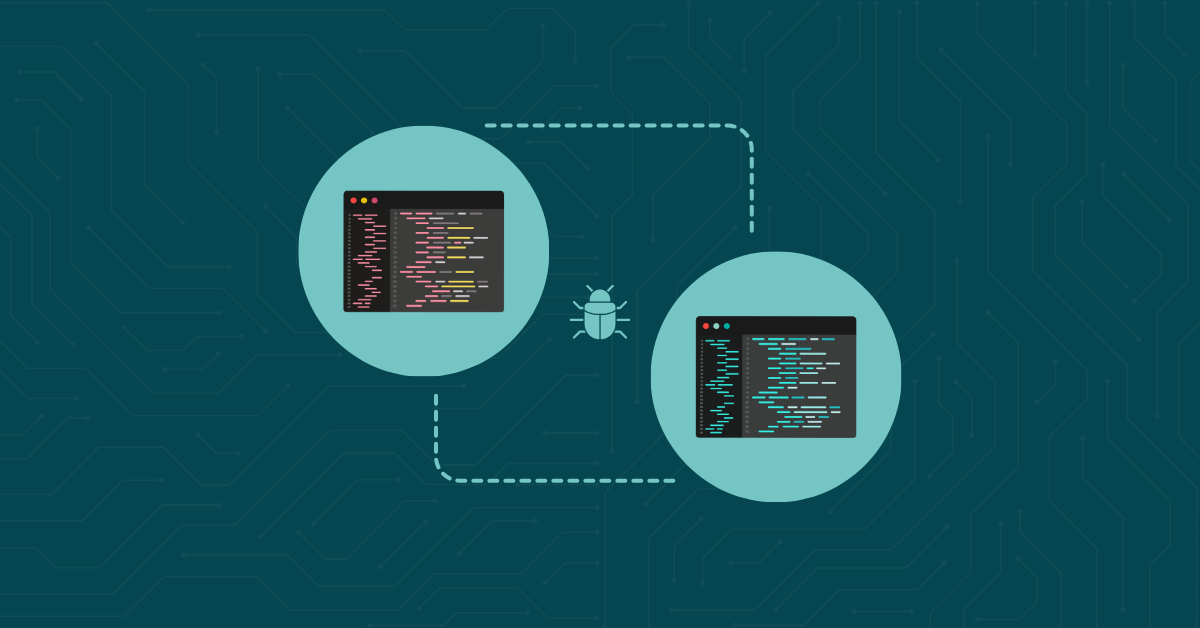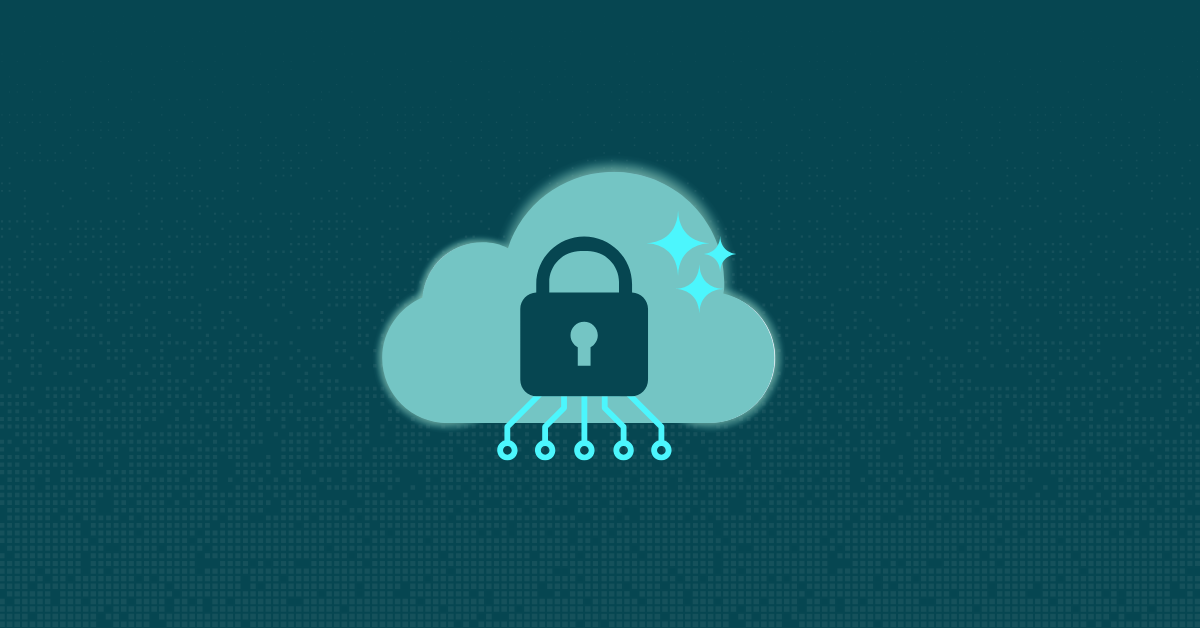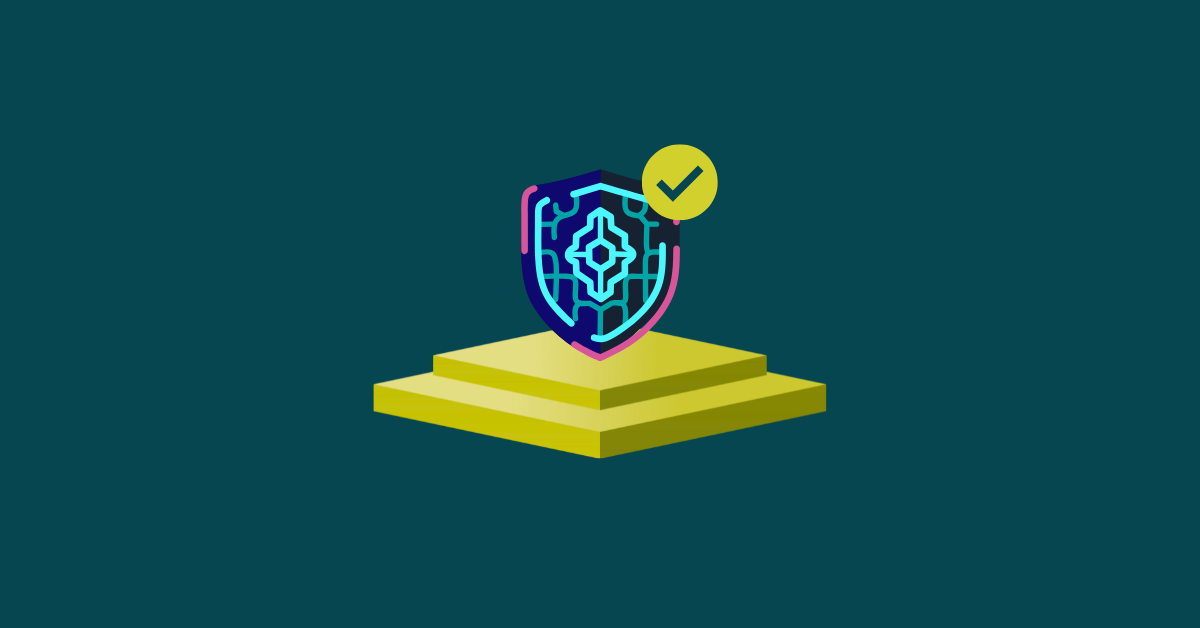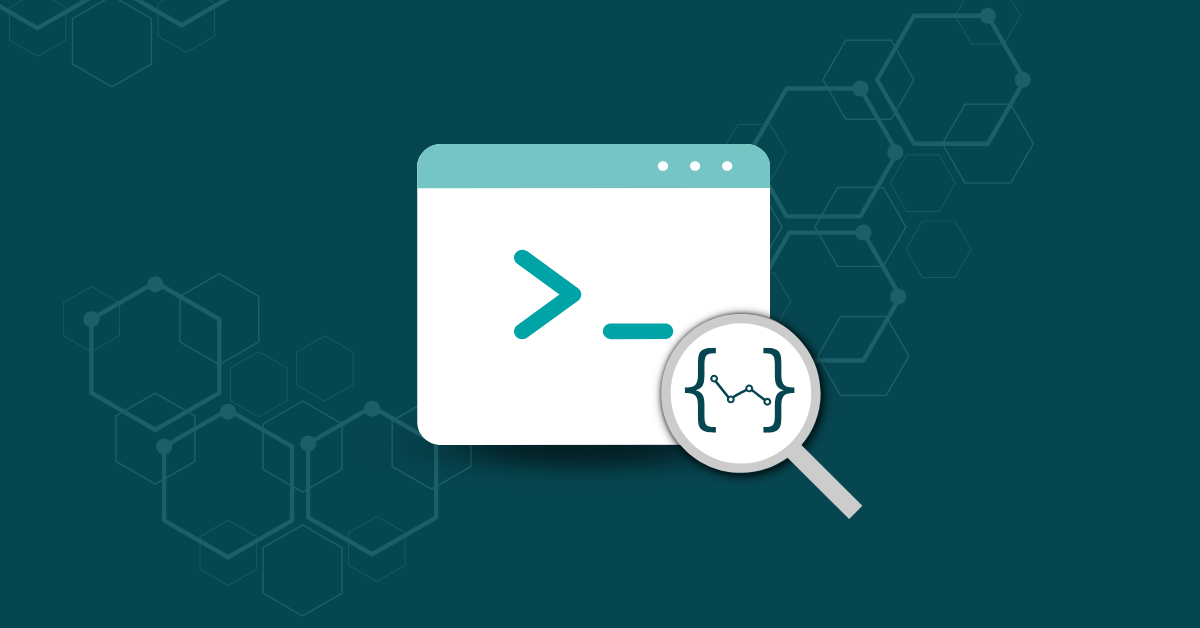

As both AI and cyberattacks grow in sophistication, traditional security methods designed for static, on-premises environments no longer cut it.
AI in cloud security helps teams spot threats in real time, anticipate risks before they escalate, and respond automatically—giving defenders a fighting chance against attackers who are also using automation to move faster. The good news? IBM reports that breach costs have finally dropped for the first time in five years, falling from $4.88 million in 2024 to $4.44 million in 2025. Much of this was made possible through AI-powered tools that enable quicker detection and containment.
Cloud environments are complex, constantly evolving, and full of potential vulnerabilities. Fortunately, AI can minimize your attack surface by solving three persistent challenges that traditional approaches often fail to address.
Cloud vulnerabilities are weaknesses in cloud-based infrastructures that create entry points for attackers. Examples include misconfigurations, weak APIs, unpatched software, and poorly managed access controls.
These issues are becoming more common for several reasons:
Without automation, IT teams can’t keep up with the pace of vulnerabilities. AI helps by continuously scanning for flaws and prioritizing those that pose the greatest risk.
Cloud environments generate thousands of alerts daily, many of which are false positives. As such, security teams often spend valuable time chasing alerts that may not even pose any risk to your data. This can easily lead to exhaustion and the risk of overlooking genuine threats.
Human error is also a significant contributor to cloud breaches. Just one exposed storage bucket, overly permissive IAM role, or misconfigured workload can create the opening that attackers need.
AI is the best way to reduce alert fatigue and human error. That’s because it clusters similar alerts, filters false positives, and highlights only the anomalies that actually require human review. This relieves pressure on analysts, ensuring that critical risks are identified and addressed before they escalate.
Attackers are now using AI to create adaptive malware and run automated campaigns that spread at a speed no human team can match. These threats constantly change tactics, making them harder to detect with traditional tools. To keep up, defenders need AI-driven cybersecurity solutions that can learn, adapt, and respond in real time.
AI is a collection of capabilities that can be applied across the security lifecycle. Here are 12 of the most important ways AI strengthens cloud defenses.
AI-powered code analysis tools give developers a way to catch vulnerabilities before they ever reach production. They scan both proprietary and open-source code, flagging misconfigurations, insecure libraries, and risky code paths that are often overlooked in fast-moving pipelines. This matters because even a minor slip-up can spread rapidly in the cloud, turning a small issue into a significant problem. For example, one publicly exposed storage bucket can affect containers or microservices in seconds, crashing critical services, exposing sensitive data, and triggering a chain of failures that ripple across the entire application stack.
By integrating automated scanning into the Continuous Integration/Continuous Deployment (CI/CD) pipeline, teams can spot issues as they code instead of relying on post-deployment audits. This shift-left CI/CD approach improves both security and productivity, cutting out the need for repetitive manual reviews. For the business, this translates into faster delivery, fewer production surprises, and stronger protection against breaches caused by overlooked flaws.
AI is changing the way cybersecurity teams detect cloud threats. Instead of relying on static rules or signature-based defenses, machine learning models can now sift through billions of data points in real time, spotting unusual access patterns, abnormal data transfers, or subtle changes in workload behavior that humans would probably miss. In practice, this means a login attempt from an unexpected region or an odd sequence of API calls is much more likely to get flagged immediately.
AI’s proactive approach to threat detection allows security teams to stop attacks before damage is done. The result? Your human team can spend less time sifting through false positives and more time focusing on the alerts that matter most.
AI is especially good at learning what “normal” looks like in a cloud environment and spotting irregularities that may indicate a security breach. Examples include an unusual surge in outbound traffic, a sudden spike in API calls, or a login attempt from two countries within three minutes. AI can protect your systems from anomalies like this by flagging them for review. Your team can then investigate and address them before damage is done.
Managing access in dynamic cloud environments can be exceedingly difficult. Because permissions change constantly in these environments, human staff often struggle to identify every risk request, especially without assistance from AI.
To help cybersecurity professionals manage access, AI-driven User and Entity Behavior Analytics (UEBA) can continuously evaluate whether access attempts match expected behavior. If an account suddenly tries to escalate privileges, for example, AI can flag or block it in real time. This reduces the risk of insider threats, account takeovers, privilege misuse, and other common gateways for attackers moving laterally through a cloud environment.
Traditional malware detection relies on signatures, leaving organizations vulnerable to new or polymorphic strains. AI changes the equation by identifying malware based on behavior and code similarities rather than known patterns. Teams can thus catch zero-day threats and disguised variants much earlier.
UEBA boosts cloud security by creating a baseline for every user’s behavior. When user behavior deviates from the baseline, UEBA can trigger alerts. This can greatly help identify compromised accounts before attackers can exfiltrate data. Instead of waiting until unusual activity shows up in audit logs weeks later, security teams can act within minutes.
The scale and complexity of cloud environments make manual security management exhausting and slow. Think about the huge backlog of tasks teams have to do, from blocking malicious IPs and patching vulnerabilities to updating policies. AI can accelerate the process through predefined playbooks, allowing teams to focus on strategy rather than firefighting. This reduces mean time to remediation (MTTR) and cuts down on analyst fatigue.
AI cloud security solutions such as secure multi-party computation and emerging approaches like homomorphic encryption boost security by allowing teams to perform operations on encrypted data without exposing the underlying information.
By analyzing historical incidents, system behavior, and emerging threat intelligence, AI can predict potential future risks and the likelihood they’ll happen. Organizations can then use this information to address weaknesses before threat actors exploit them proactively. In industries like healthcare or finance, this kind of predictive defense can be the difference between compliance and costly regulatory violations.
Hackers are always looking for vulnerabilities to exploit. Teams can capitalize on this by using AI to set up decoy systems. Often called honeypots, these fake environments resemble real infrastructure but are designed to attract intruders and divert them away from actual assets.
When attackers take the bait, security teams get a rare chance to observe their tactics, techniques, and procedures (TTPs) in action. Machine learning models can further analyze this data to update threat profiles, understand attack behavior, and boost defenses against similar future attacks.
Keeping up with regulations like SOC 2, HIPAA, or GDPR requires continuous monitoring and solid evidence. In cloud environments, doing this manually can drain resources and leave room for costly mistakes.
That’s where AI steps in. It can automate compliance checks, spot misconfigurations, and generate audit-ready reports without the last-minute scramble. With continuous monitoring in place, teams catch issues early, avoid or minimize the risk of fines, and take a lot of pressure off compliance staff.
Although AI can significantly strengthen your defenses, AI models themselves can become high-value targets. If compromised, they can expose intellectual property, corrupt decision-making, and damage trust. Two of the biggest risks are model stealing and data poisoning.
Model stealing is when attackers query a deployed model repeatedly to reconstruct its logic or replicate its functionality. This exposes valuable intellectual property and gives adversaries the ability to weaponize stolen models. Encryption and monitoring for unusual query patterns can protect you from this.
This is when bad actors inject manipulated or corrupted data into the training process to throw off predictions, mess with accuracy, and quietly erode trust in the system. Luckily, solid data governance and smart validation checks can catch suspicious inputs before they make it anywhere near production.
Cloud security with and without AI leads to totally different results. Here’s how they compare in terms of the following.
With AI, misconfigurations are constantly being detected and corrected, helping keep environments aligned with security best practices. Without it, teams depend on manual audits and static rule-based policies, which might cause them to overlook misconfigurations in fast-changing cloud environments. This process can be reactive, prone to errors, and take up a lot of time.
Cloud Detection and Response (CDR) is an emerging category of cloud-native security. It helps keep environments secure by analyzing behavioral patterns, matching signals across different cloud services, and spotting anomalies early. It smartly prioritizes alerts based on risk levels, minimizes false alarms, and automates some response steps. This way, it helps you respond faster and more effectively, giving you peace of mind.
Traditional tools only react after a breach, while AI predicts where attackers may strike next. It does so by analyzing behavioral patterns, threat intelligence trends, and known misconfiguration risks.
AI itself can introduce new risks, such as model poisoning, adversarial attacks, and AI-driven social engineering. AI tools can mitigate potential threats and protect your AI systems from these threats.
AI reduces mean time to remediation from weeks or months to hours. In contrast, without AI, security teams have to investigate incidents manually, decide next steps, and apply fixes, which can lead to delays and higher risks.
As AI becomes more popular, attackers are looking for ways to hijack AI models for their own gain. Here’s how you can protect AI in the cloud.
Encrypt AI models and strictly control access to encryption keys.
Apply strong authentication, role-based policies, and licensing systems to prevent unauthorized use.
Verify the integrity of training data to prevent poisoning that skews outcomes.
Use confidential computing to ensure models haven’t been tampered with and sensitive data remains private.
Secure coding is the first step for security. By identifying flaws early in development, you reduce overall risk and establish a stronger foundation for AI-driven security.
Interested in strengthening your software security posture today? Try a free 14-day trial today. You’ll be able to see how automated code scanning helps eliminate vulnerabilities before they hit the cloud.
AI enhances cloud security by analyzing vast amounts of data in real-time to spot potential threats and anomalies. This allows for quicker detection of malware, unauthorized access, and other problems. AI can also use machine learning to predict potential attack vectors and vulnerabilities before they’re exploited, making it easier for teams to mitigate risks before they happen.
CDR is an AI-driven security capability that looks for threats and tracks lateral movement across environments and workloads. It enables real-time detection of cloud-specific risks and automates response to mitigate threats.
Indicators of Attack (IoAs) are an emerging concept in cybersecurity. While Indicators of Compromise (IoCs) highlight evidence of breaches after the fact, IoAs focus on detecting suspicious activity patterns that suggest an attack is underway. For example, an unusual sequence of API calls or odd system configurations may signal malicious intent before data is stolen.
UEBA is an AI-powered cybersecurity technique that analyzes user activity for patterns that suggest malicious behavior. They’re trained on large sets of anonymized user behavior data to learn new patterns. For example, UEBA might flag an employee account suddenly downloading gigabytes of sensitive data at 3 a.m.
The shared responsibility model divides duties between cloud providers and customers. Providers secure the cloud infrastructure, while customers are responsible for securing data, applications, and configurations.


